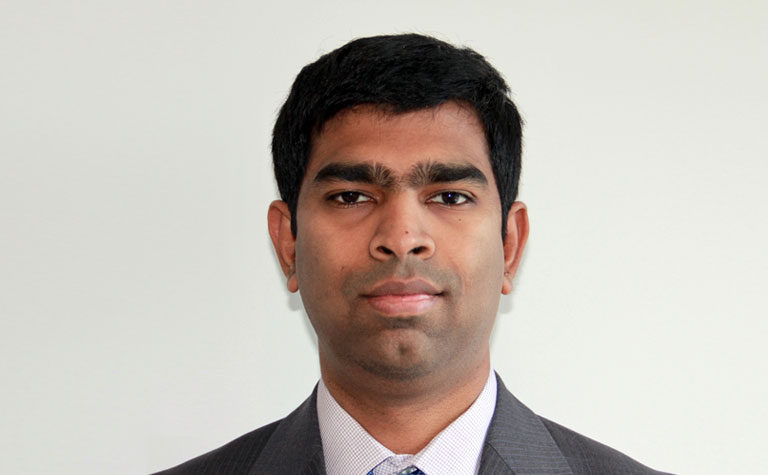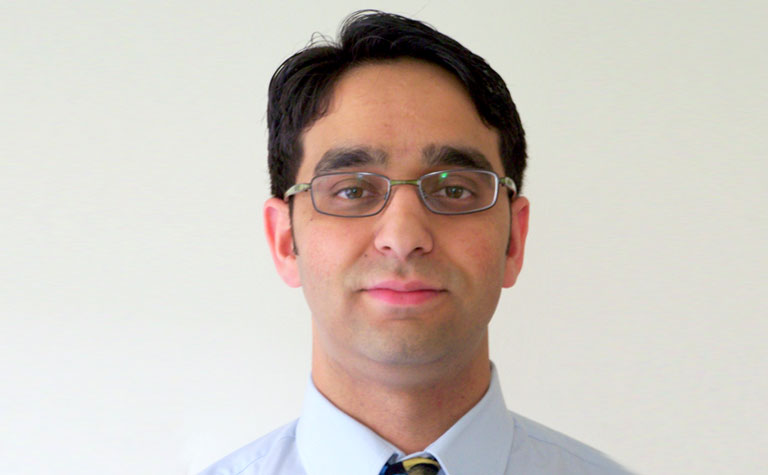A History of Firsts: AT&T Labs is Still Creating the Future 35 Years After the First Cellular Service
It may be hard to remember a time before cellphones, emojis, apps and ride sharing. But the truth is that the wireless age is younger than many millennials.
AT&T and Ameritech Mobile Communications launched the nation’s first commercial cellular telephone service in Chicago on Oct. 13, 1983.
While no one could have predicted the specifics of the innovation explosion that milestone eventually ushered in, at AT&T we’ve always known that creation is a process. What we imagine and create sets the stage for what comes next.
We recently opened the AT&T Science & Technology Innovation Center at AT&T Labs in Middletown, New Jersey. It’s a museum of the 142 years of invention that we’ve pioneered, from the transistor to fiber optic cables, communications satellites, the UNIX operating system, artificial intelligence and beyond.
But the displays in the museum are more than just artifacts. They represent the mindset that still drives us today.
Think of emerging technologies like 5G, Project AirGig, and Acumos.
A couple of weeks ago, our Labs experts made the world’s first wireless, standards-based 5G connection using mmWave spectrum and production form factor equipment.
And this isn’t innovation for its own sake, but innovation with purpose. Project AirGig, for example, involved years of patience and diligence, iteration, and learning from failure. But the potential was there, for a technology that promises to help close the digital divide and bring high-speed internet service to rural areas as well as urban.
It’s important to know where you came from if you want to figure out where you’re going. That’s what the museum represents. Not just a journey through the past, but a roadmap for the future.
Indeed, in some ways you can think of our Labs researchers, designers, engineers, and developers as time travelers. They peer into the future and bring the capabilities they see there into the present.

- For example, Cheryl Brooks, principal inventive scientist at AT&T Labs, is using machine learning (ML) to combat biases in targeted advertising. And Arun Jotshi, director inventive scientist at AT&T Labs, is using ML and AI to plan and build our 5G network.
- Meanwhile, Kandan Kathirvel, director member technical staff, is working on open edge computing projects that will help accelerate the adoption of technologies like 5G and IoT.
- Ernest Tsui, lead member of technical staff at AT&T Labs, helped develop specialized analytics and an anechoic chamber, where he and his team invented solutions now extensively used in our FirstNet network.
There are hundreds of people just like Cheryl, Arun, Kandan and Ernest who are discovering the future and making a difference for all of us.
It’s hard to say exactly what the world will look like 35 years from now, but we know our Labs time travelers will play a big role in making it a reality.






